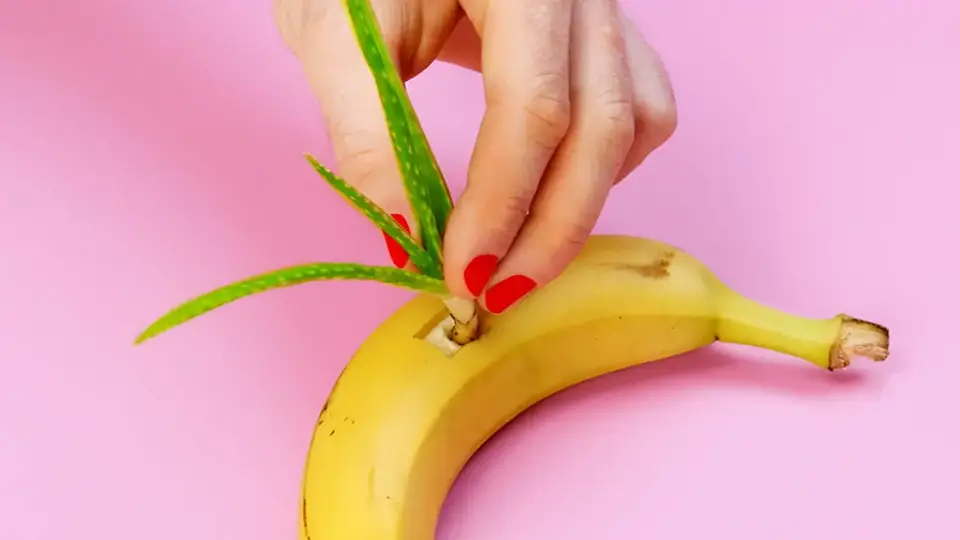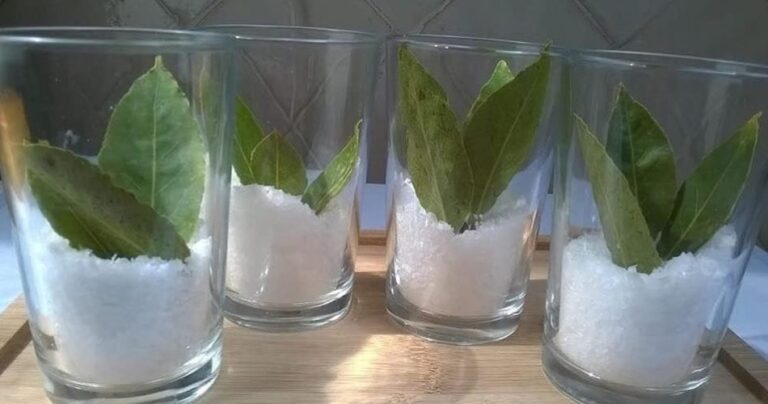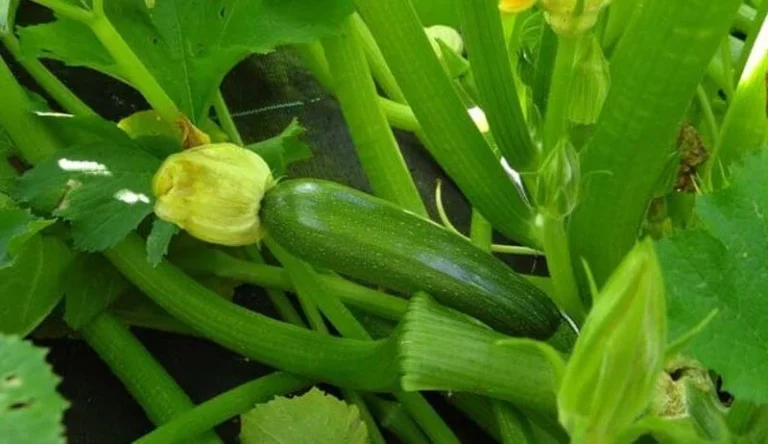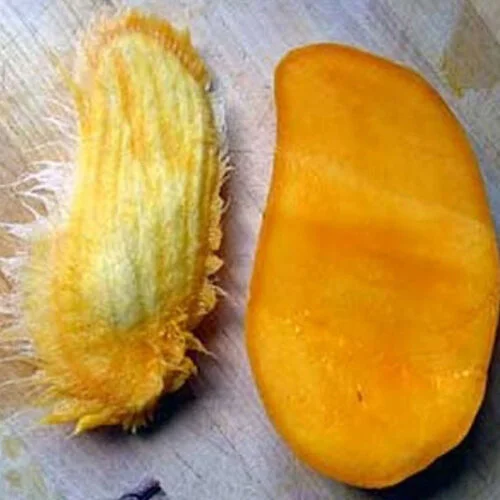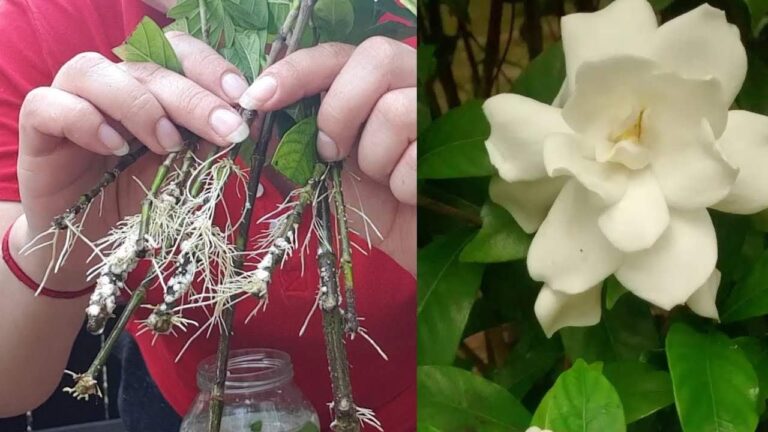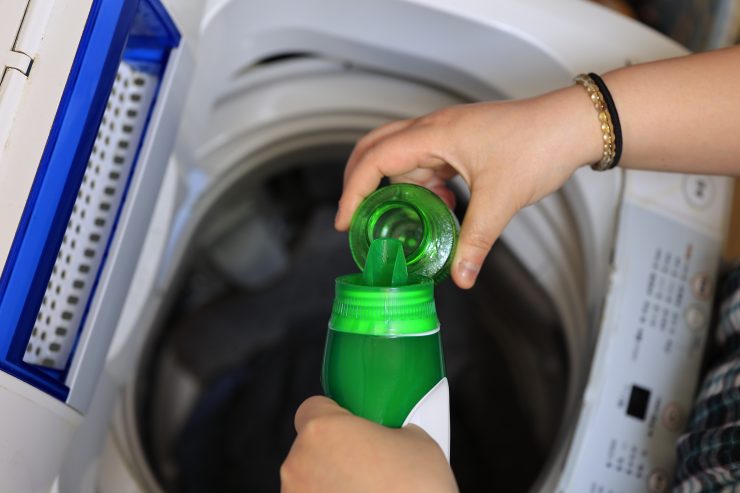Why plant Aloe Vera on a banana tree? Gardeners’ secret trick.
In addition to its aesthetic appearance, this plant is hardy and easy to maintain. Rich in water, vitamins, enzymes, sugars and minerals, it is a true treasure for health. Its medicinal effects have been widely proven. But behind all its advantages, there is a big drawback: its growth is very slow, its leaves can take three to four years to mature so that its miracle gel. But by the way, how can banana be useful to Aloe Vera? The association may seem unlikely to you, but there is a very interesting explanation.
Discovered 6,000 years ago by the Egyptians, Aloe Vera was then called “the plant of immortality”. That’s right! Suffice it to say that, since the dawn of time, this medicinal plant has offered multiple health benefits. It is used to treat wounds, skin diseases, asthma, epilepsy… not to mention the treatment of burns and psoriasis. Moisturising, soothing and softening, it is also highly appreciated for skin and hair care. Precisely to exploit all its virtues and enhance the growth process, gardening experts sometimes opt for original and unusual methods. One of these is to grow it inside a banana tree, as if it were a vase. We tell you more.
How is aloe vera gel extracted?
To take advantage of its many medicinal effects, it is important to know how to harvest this succulent to extract the liquid gel found inside the leaves.
You should know that this gel has notable antibacterial and antioxidant properties. It is renowned for relieving sunburn, insect bites and all types of burns. Yes, it is easily available in herbalist shops or hypermarkets. The only problem: a quality jar is quite expensive. And above all, be careful, because very often you can buy a gel mixed with additives or too diluted. So, it won’t have the really expected effect!
In the meantime, if you’ve planted some at home and it’s time to harvest, we’ll walk you through the steps to extract the gel.
- First, you need to cut off the ends of fully mature leaves. You can’t go wrong, they are quite large (about 20 cm) and very thick because they contain a high concentration of gel. Cut them very carefully.
- You will immediately notice that a yellowish substance begins to exude from the leaf. It’s the sap, not the gel. More precisely, we are talking about aloin, a liquid with a formidable laxative effect. Today it is little used in the healthcare sector because this product is considered toxic and irritating, with many side effects.
- For this reason, it is recommended to remove it completely so that it does not come into contact with the gel. To do this, install the sheet vertically in a glass or bowl. Then soak the sheet in water or under the sink for a while. Long enough for the lymph to disappear completely. Please feel free to scrub it manually to make cleaning easier.
- Now that the sheet is completely clean, all that remains is to remove the sharp pins from the edges, being careful not to hurt yourself!
- This is the most delicate moment of the operation: the skin must be removed to extract the Aloe Vera gel. Use a cutting board. Lay the blade flat and use a sharp knife. Proceed very slowly, without rushing. On both sides of the blade, the skin must be removed finely to avoid wasting the gel.
- Once this step is completed, you will have in your hands this famous gel with a viscous but still dense consistency. Make sure that no small green residues remain from the leaf and check that it does not contain traces of aloin.
- Once thoroughly cleaned, cut the transparent gel into small pieces and place them in a container to keep in the refrigerator, away from heat sources. You can even store the gel in the freezer for a whole year!
Why put Aloe Vera on bananas?
Now that you know how to extract the gel from the plant, you will understand why the idea of putting Aloe Vera on bananas is particularly successful, even if it seems a little absurd!
In fact, you need to know that the Aloe Vera plant cannot develop new leaves, so it is very important to learn how to cut them correctly.
However, the banana is just the ideal fruit to grow a new plant. In particular, it will serve as a vase to give life to the roots. Hold the banana with the peel, then make a small circle in the center. This is where you will insert a piece of aloe vera. Let it rest for at least a day.
The fruit will then turn brown. But when you remove the piece of aloe vera from the banana you will see that the plant reveals several new roots. You can then transplant it into a mixture of sandy loam and compost. This will save you a lot of time: you will notice that your new aloe vera plant grows day after day!
Some natural ingredients to feed your Aloe Vera plant
If you want to stimulate the growth of your Aloe Vera, you don’t need to spend too much. Here are some very effective natural tips.
- Did you know that eggshells are great for plants? Instead of throwing them away, mash them with a fork and mix them with the soil. Thanks to their numerous nutrients (calcium, magnesium, zinc, iron, silicon, etc.), they will help the plant grow healthy and strong.
- Black tea or any other natural tea is also very suitable for nourishing Aloe Vera and providing it with all the nutrients and minerals it needs.
- Contrary to what you might think, coconut oil has no nutritional benefits for your succulent. It is mainly applied to the leaves to suffocate any pests that overwinter on the plant during the winter. These parasites cannot stand the smell, immediately feel intoxicated and never come back.
Warnings
Although Aloe Vera is very rich in health benefits, it is not necessarily suitable for everyone!
These are the recommendations to consider:
- The Aloe Vera plant is not recommended during pregnancy and breastfeeding.
- People with fragile intestines should avoid it to avoid irritation.
- It is also not recommended for people with diabetes, as it can cause hypoglycemia.
- Do not use on children under 12 years of age.
